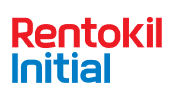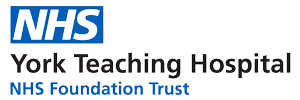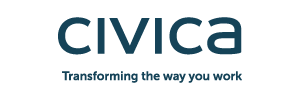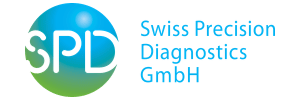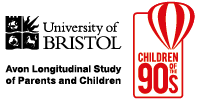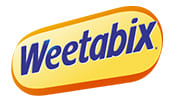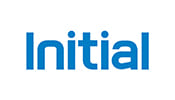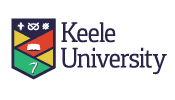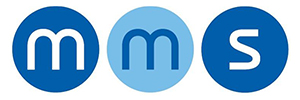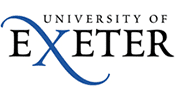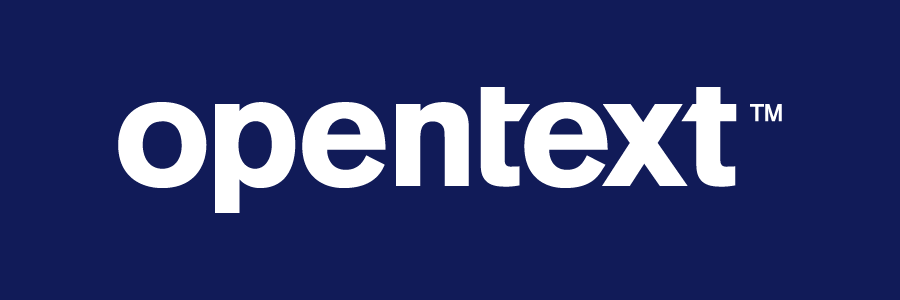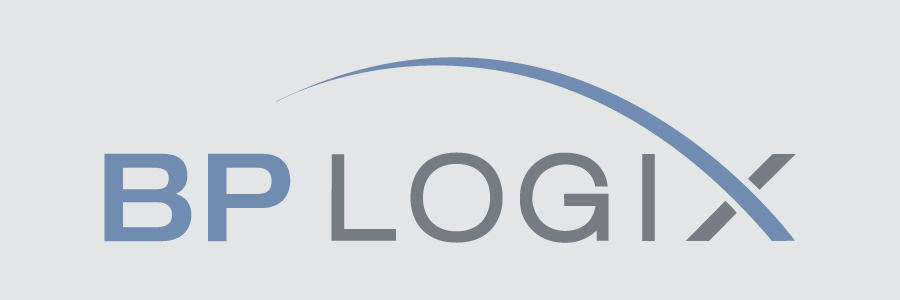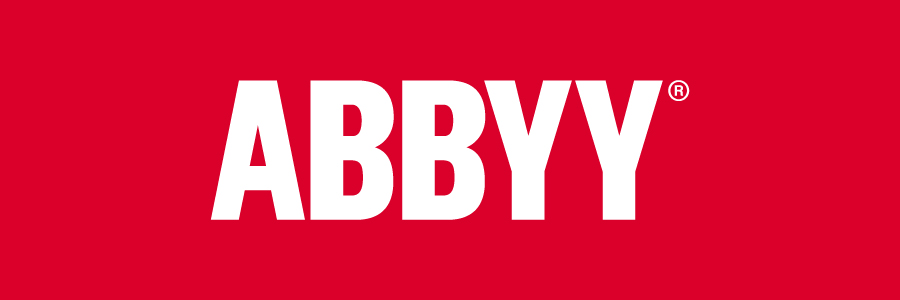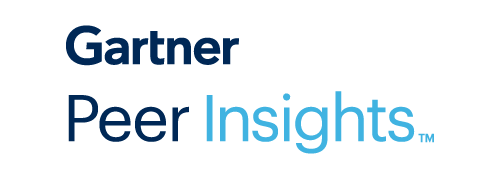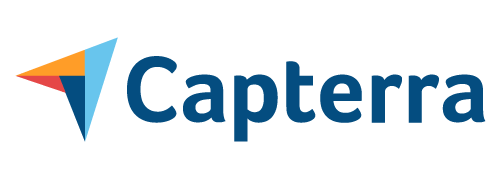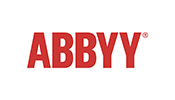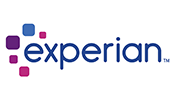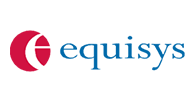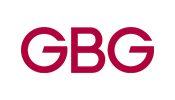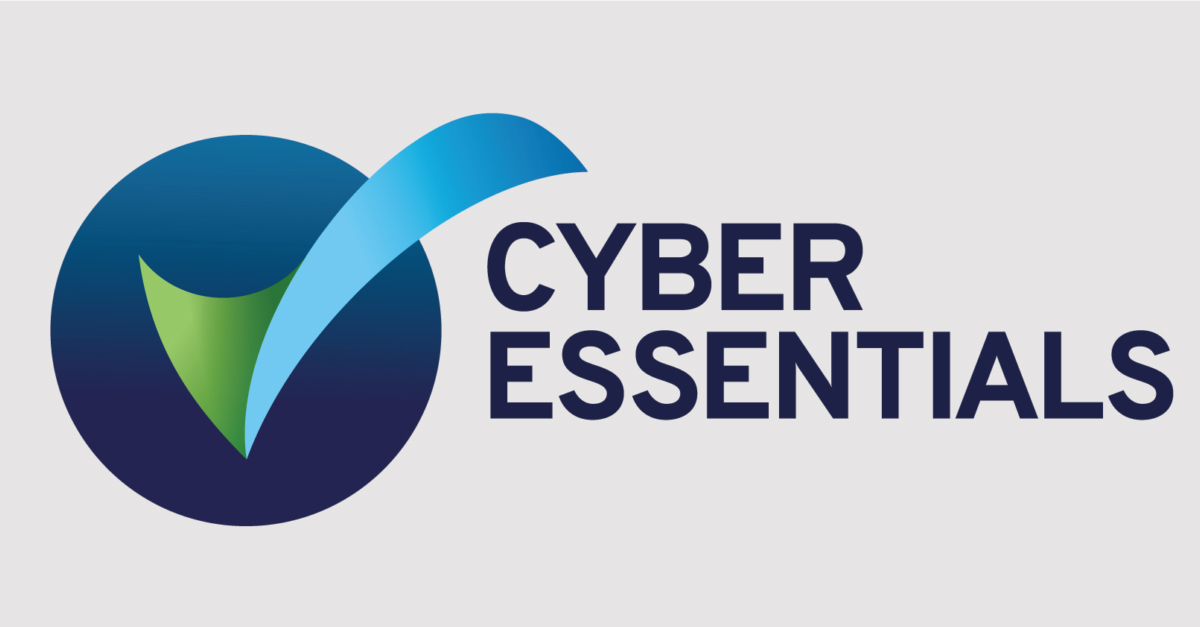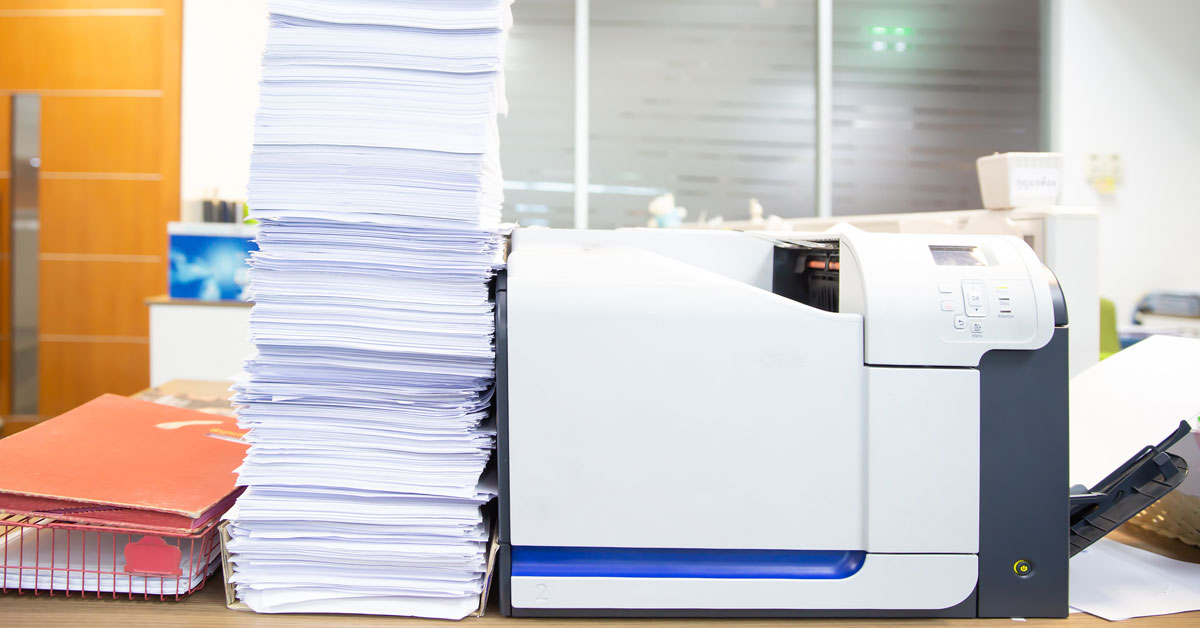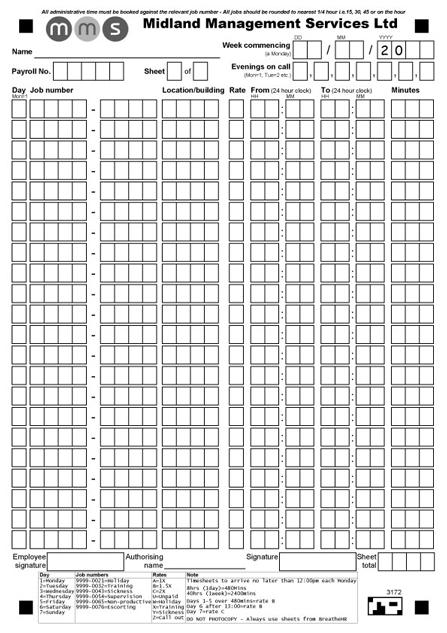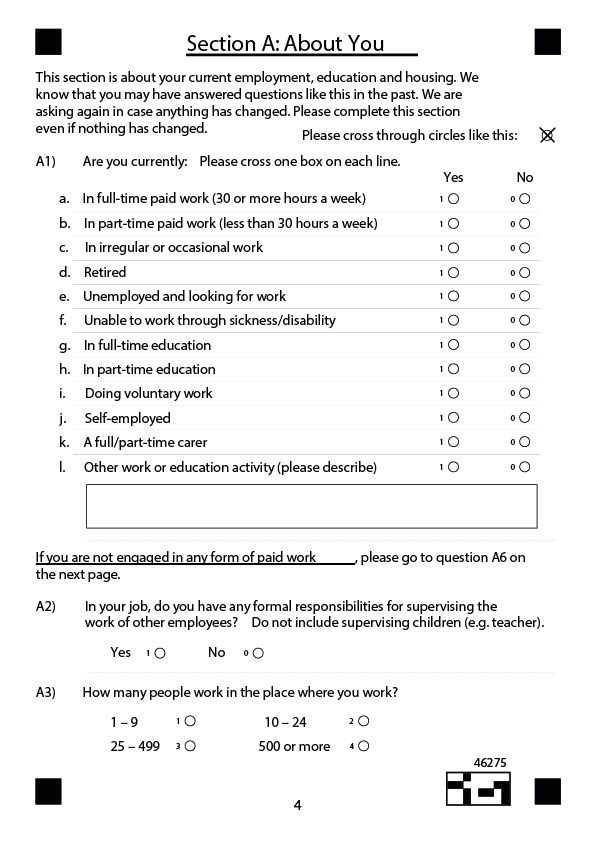Next
Next accelerates timesheet approval process with a TeleForm based timesheet processing system
NEXT Distribution automates the processing of their weekly ‘productivity bonus scheme’ timesheet for 4,500 full-time employees at six UK distribution centres. The TeleForm based timesheet processing system has accelerated the timesheet approval process, saving two days per week and 750 hours a year.

Background
NEXT is one of the UK's most established high-street and online retailers offering clothing, footwear, accessories, and home products.
An efficient supply chain is an integral part of their business model with subsidiary company NEXT Distribution Ltd handling the logistics services on their behalf.
To deliver an agile warehouse and logistics operation, the Productivity Support Department (PSD) at NEXT is tasked with manpower planning, establishing efficiency targets, setting time standards, and controlling costs. The department is led by Richard Churchill, who also oversees the ‘productivity bonus scheme’ for warehousing and distribution teams.
Challenge
The ‘productivity bonus scheme’ allows workers to earn a weekly bonus if they meet specific targets. Richard and his team set time standards for all operations and calculate any pay bonus payments based on output against those standards.
Every new starter is trained on how to complete a bonus timesheet as the scheme is fundamental to how the company operates with millions paid out in bonuses every year.
Moreover, Next uses the bonus scheme to differentiate the business from other companies seeking to attract warehouse operatives. Rather than constantly changing the average hourly rate to compete with other logistics services, the bonus scheme allows employees to earn up to £15 per hour compared to the average rate of £10 per hour.
This historic process was very labour-intensive, paper-driven, and relied on sub-contractors.
Capture accurate data from paper timesheets
Due to the potential impact on productivity and staff remuneration, it is crucial timesheet data is collected accurately. Historically, each warehouse operative completed a paper timesheet to record start/end/total times and details of the operations performed. This led to some employees miscalculating the number of hours worked resulting in incorrect remuneration.
Slow and laborious with many suppliers involved
Once returned in the internal mail, timesheets were transported to a UK scanning bureau for digitalisation before a team in India manually keyed the image data. The company then undertook a process of complex and time-consuming data manipulation and entry into payroll systems.
As the process was time-consuming, it was difficult to authorise bonus payments before the deadline for the weekly payroll.
Quality control and limited visibility
One of the major problems with outsourcing manual data entry to India was NEXT had little control over the quality of the work and was reliant on the third-party keying the data accurately.
Moreover, different time zones and geographical distances rendered it difficult to manage the third party remotely.
Union negotiations
At NEXT, it is common for warehouse operatives to move around different areas of the operation to experience a wide variety of work and learn new skills. However, as much as someone can work in one area, e.g., ‘Picking’, they may be more comfortable on the ‘Packing’ floor.
Consequently, people on the ‘picking’ floor’ performed well and earned excellent bonuses for 3-4 days but when they were assigned to another area later in the week, their performance suffered. This resulted in a reduction in bonus payments as the incentive scheme is calculated weekly.
This led the USDAW trade union to establish negotiations with Richard and the PSD to protect the daily bonuses earned by their members.
We have a very good relationship with USDAW
, says Richard. They approached us to renegotiate the joint agreement relating to the calculation and payment of the bonus scheme. The challenge we faced was the current system was very antiquated, clunky, and did not capture enough data. As a result, we decided the time was right to explore a more automated method of capturing data.
Solution
Supported by Category Buyers at NEXT Head Office, the Productivity Support Department (PSD) evaluated several potential systems for timesheet processing. The replacement solution needed to automate the processing of the weekly ‘productivity bonus scheme’ timesheet for 4,500 full-time equivalents at six UK distribution centres.
After passing a new supplier test and financial checks, ePC was asked to pilot a solution with TeleForm Desktop installed on a standalone PC. Following a successful pilot, the project moved on to the roll-out of a live solution with the Workgroup edition installed on an internal server and accessible by the whole PSD team.
Powerful data capture and USDAW union backing
To capture more accurate data, the first stage was to redesign the bonus timesheet in the TeleForm Designer module. From the start, Richard wanted to redesign the bonus sheet to pinpoint daily earnings, something that has been successfully achieved.
With the new form, it’s an accumulative account of the working day and we now have instant visibility of where someone is working on a minute-by-minute, hour-by-hour basis. We can accurately capture the total minutes spent in housekeeping on Wednesday afternoon. This is an improvement from the old sheet and helps with the trade union requirements.
Richard Churchill, Productivity Support Manager, Next Distribution Ltd
An added benefit saw the new sheet colour-coded for better accessibility and optimised for improved recognition and reduced manual intervention.
In the new system, when returned bonus sheets arrive at a central location, they are scanned on-site into TeleForm through high-speed document scanners.
We’re currently scanning up to 20,000 physical pieces of paper per week, but we expect this figure to increase in the future
says Richard
Once digitalised, TeleForm reads the handwritten characters and extracts field data in seconds. Built-in validation rules are automatically applied (e.g., matching payroll numbers to employee names) during recognition to increase accuracy. If TeleForm is uncertain about a field or character, it is marked as unreliable and highlighted for operators to review and correct if necessary.
With automation, every line item is sanity checked for time-based math errors and overlapping periods with daily and weekly totals cross-checked. This process is guaranteed for every line item on every sheet; a validation that would have been impossible with manual data capture.
Once all bonus sheets for a site have been processed, the data is exported from SQL and made available for upload to payroll and in several formats. Timesheet images and data are stored in the eStore image archival system with images retained for six years.
Achieving cost savings and greater control and visibility
NEXT is reaping the rewards of closing the team in India.
Bringing the entire operation in-house has resulted in significant cost savings and enabled the company to gain greater visibility and control over the process.
Previously, data entry mistakes led to erroneous bonus calculations which were time-consuming to correct. Richard says the new system has eliminated the possibility of omitted or incorrectly keyed data as the worker is responsible for accurately filling in the bonus sheet.
As we’re scanning them, my team is experiencing very few errors. Historically, if there was an issue with an individual’s bonus, there was a 50% chance the data was keyed incorrectly in India. Now, if there is an error on a bonus sheet, it’s 99% likely that the individual has completed their timesheet wrong in the first place
Richard Churchill, Productivity Support Manager, Next Distribution Ltd
Improved productivity and accelerated timesheet processing
Boosting productivity is a key target for the PSD. In choosing to harness technology to become more efficient, Richard and the team have dramatically shortened the time it takes to get timesheet data into the payroll system, with automation saving hours of management time on admin tasks.
Automation of the bonus timesheet has been a major step forward. In the past, it took one person 2½ days a week to manipulate the data and manually key the information into payroll. We’ve reduced this time by almost two days already, but we anticipate further efficiencies in the next phase with a simple one-click upload of data to payroll.
Richard Churchill, Productivity Support Manager, Next Distribution Ltd
Results
Six weeks to deploy
Working with ePC, NEXT was able to start scanning and capturing data from new forms in only six weeks.
The deployment was a relatively smooth experience
, says Richard. As with any software implementation, we anticipated problems but both teams worked closely together to overcome the challenges. In the end, it was a fairly painless process with all sites now live and the system giving us the output we want.
It’s a win for us. We spend a lot of money on bonuses and it’s crucial to get it right otherwise workers do not get paid; productivity suffers and trade unions get involved. The roll-out of the physical sheet across the network was fairly monumental. We trained 5,000 people across the estate on a drip basis and turned on sites every 6-7 weeks. The team at ePC was always available and fully supported us every step of the way.
Richard Churchill, Productivity Support Manager, Next Distribution Ltd
Increased data accuracy
NEXT are confident that the hours worked by warehouse operatives are accurately recorded. They are spending less money on bonus payments across warehousing because the new sheet provides less opportunity to submit inaccurate claims.
Cost savings
The closure of the data entry team in India has realised significant savings with the cost of software licensing, training, and support all quickly offset.
Additionally, the old approach required staff to spend 2½ days a week manipulating the data returned from India. With the timesheet processing system automatically capturing data, the management of the process now takes only ½ a day of their time. This is an additional saving of 750 hours per year with further efficiencies anticipated in future.
To learn more about our timesheet processing solutions, please contact us or call 03300 100 000.



